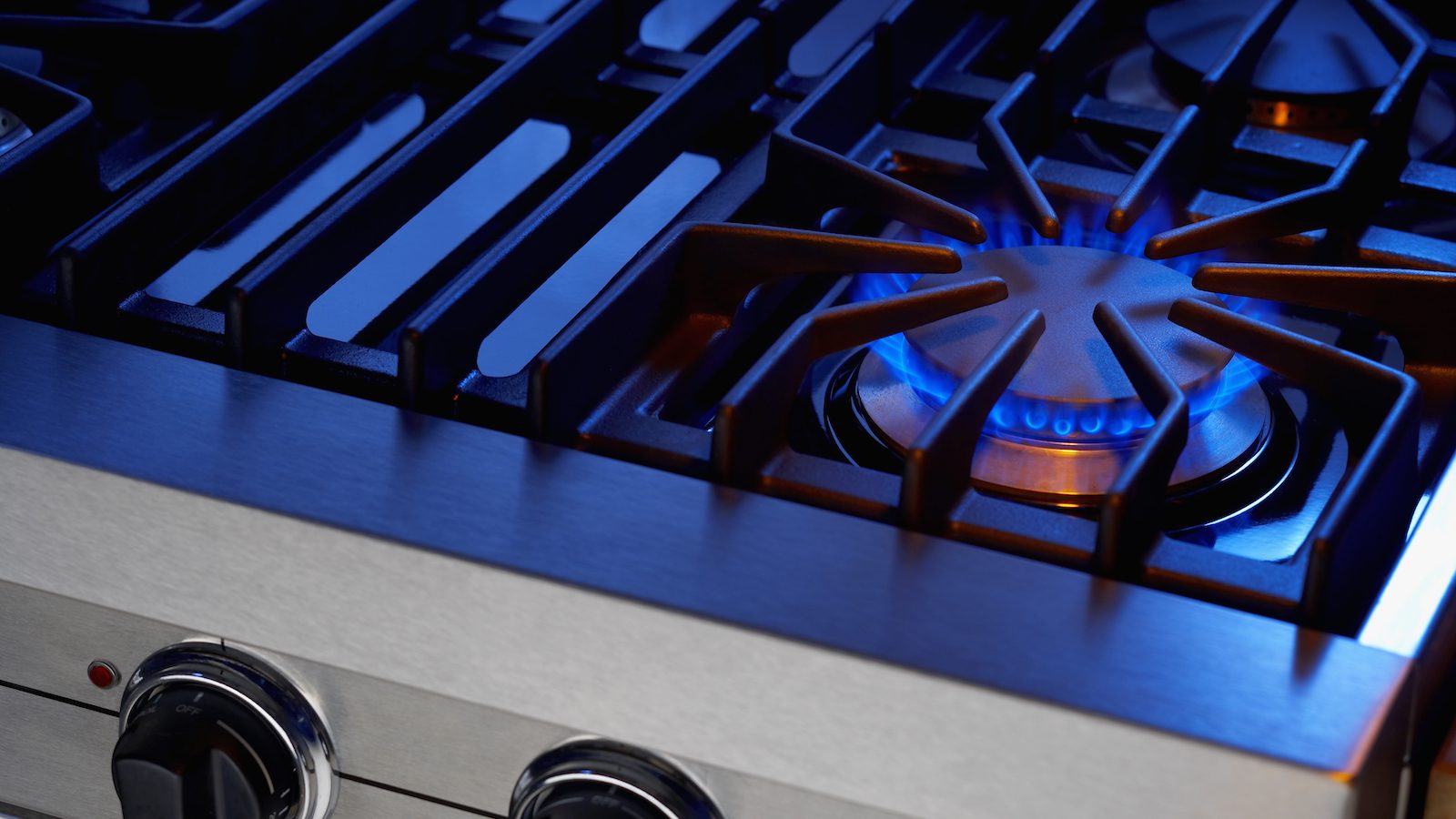Stay-at-home orders and other social distancing measures have dramatically improved outdoor air quality in cities around the world, but a new study published Tuesday shows that indoor air quality may pose acute risks of its own — especially now that the novel coronavirus has us all spending so much time at home.
The UCLA Fielding School of Public Health study found that after just an hour of using a gas-fired stove or oven, levels of nitrogen dioxide — one of a group of gases that contribute to smog formation and are considered harmful to human health — inside California homes reached levels that exceeded both state and national ambient air-quality standards. The compromised indoor air quality caused by gas-powered furnaces, stoves, and water heaters could increase the likelihood of respiratory and cardiovascular disease and premature death, according to the study.
“The goal of this report is to provide information to Californians on how pollution from gas-fired appliances affects the air they breathe, and the related health effects,” Yifang Zhu, the study’s lead researcher, said in a statement. “California’s state agencies often focus on greenhouse gas emissions and climate change impacts, but there has been much less focus on how fossil fuel use in household appliances can adversely impact indoor air quality and public health.”
The research, commissioned by Sierra Club, comes as recent studies have linked air pollution to higher rates of COVID-19 mortality. Inhaling nitrogen oxides poses especially acute risks to children and the elderly. Meanwhile, residential gas appliances emit approximately 16,000 tons of nitrogen oxides to outdoor air each year — which Rachel Golden, deputy director of Sierra Club’s building electrification program, notes is more than twice the NOx emissions from all of California’s gas-fired power plants combined.
Air pollution concentration matters a great deal, so residents of smaller homes and apartments often have it worse. Researchers found that after an hour of cooking in a small household, more than 90 percent of smaller residences had peak levels of nitrogen oxides that exceeded national ambient air quality standards. As Grist’s resident advice columnist Eve Andrews reminded us last week, indoor air quality isn’t always better than what you’re breathing outdoors.
The study also highlights environmental justice issues, since low-income households tend to have less space and more unmet maintenance needs, which can increase indoor emissions on top of being more at-risk for poor outdoor air quality. These factors may contribute to higher rates of respiratory challenges among low-income communities — particularly communities of color — which in turn may make residents more vulnerable to developing serious complications if they contract COVID-19.
To decrease indoor air pollution, the study proposes that households transition to zero-emission electric appliances. If all residential gas appliances in California were immediately replaced with clean energy alternatives, the resulting decrease in pollution would result in approximately 350 fewer deaths, 600 fewer cases of acute bronchitis, and 300 fewer cases of chronic bronchitis annually.
Without a massive public intervention, however, it seems unlikely that these appliances will be replaced at that scale, at least not in the homes of many low-income residents that could benefit the most. Golden says that policymakers can prioritize a just transition by focusing on efforts to reduce pollution and lower energy bills for vulnerable households, especially given the economic fallout from COVID-19.
“State agencies have a central role to play in helping people replace polluting gas appliances with clean, pollution-free electric alternatives like heat pumps and induction stoves,” Golden told Grist.



